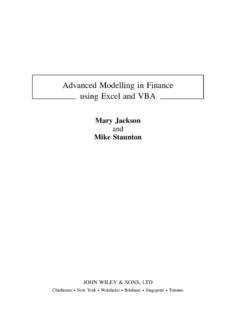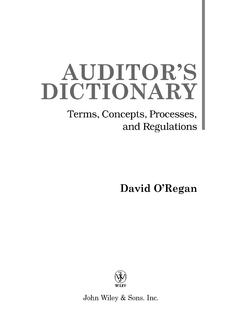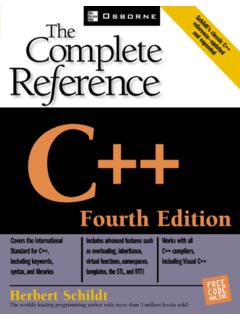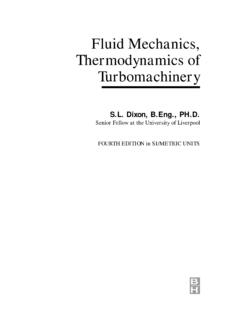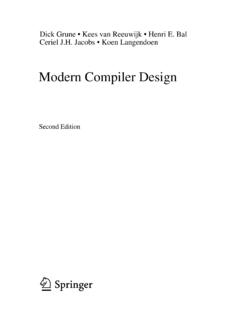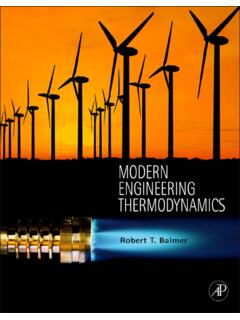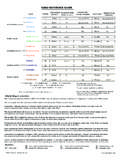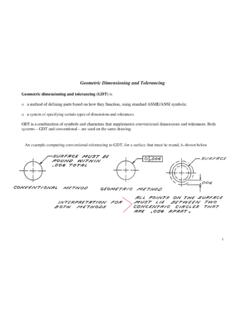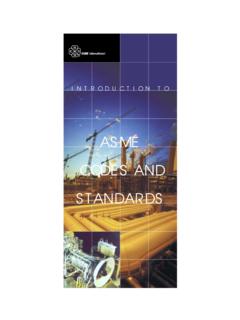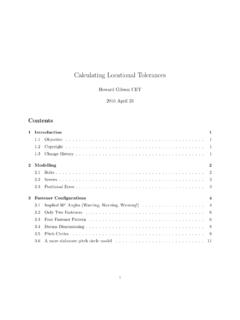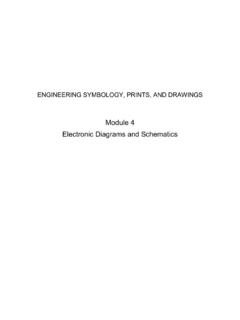Transcription of Geometric Dimensioning and Tolerancing - Free
1 5-1 Geometric Dimensioning and TolerancingWalter M. StitesPaul DrakeWalter M. StitesAccraTronics Seals , CaliforniaWalter M. Stites is a graduate of California State University, Northridge. His 20-year tenure atAccraTronics Seals Corp began with six years in the machine shop, where he performed every task fromoperating a hand drill press to making tools and fixtures. Trained in coordinate measuring machine(CMM) programming in 1983, he has since written more than 1,000 CMM programs. He also performsproduct design, manufacturing engineering, and drafting. In 12 years of computer-assisted drafting,he s generated more than 800 engineering drawings, most employing GD&T. He has written variousmanuals, technical reports, and articles for journals.
2 Mr. Stites is currently secretary of the asme and a key player in the ongoing development of national drafting Geometric Dimensioning and Tolerancing (GD&T)When a hobbyist needs a simple part for a project, he might go straight to the little lathe or milling machinein his garage and produce it in a matter of minutes. Since he is designer, manufacturer, and inspector all inone, he doesn t need a drawing. In most commercial manufacturing, however, the designer(s),manufacturer(s), and inspector(s) are rarely the same person, and may even work at different companies,performing their respective tasks weeks or even years designer often starts by creating an ideal assembly, where all the parts fit together with optimaltightnesses and clearances.
3 He will have to convey to each part s manufacturer the ideal sizes and shapes,or nominal dimensions of all the part s surfaces. If multiple copies of a part will be made, the designer mustrecognize it s impossible to make them all identical. Every manufacturing process has unavoidable varia-tions that impart corresponding variations to the manufactured parts. The designer must analyze hisentire assembly and assess for each surface of each part how much variation can be allowed in size, form,Chapter55-2 Chapter Fiveorientation, and location. Then, in addition to the ideal part geometry, he must communicate to themanufacturer the calculated magnitude of variation or tolerance each characteristic can have and stillcontribute to a workable all this needed communication, words are usually inadequate.
4 For example, a note on the drawingsaying, Make this surface real flat, only has meaning where all concerned parties can do the following: Understand English Understand to which surface the note applies, and the extent of the surface Agree on what flat means Agree on exactly how flat is real flat Throughout the twentieth century, a specialized language based on graphical representations andmath has evolved to improve communication. In its current form, the language is recognized throughoutthe world as Geometric Dimensioning and Tolerancing (GD&T). Is GD&T? Geometric Dimensioning and Tolerancing (GD&T) is a language for communicating engineering designspecifications. GD&T includes all the symbols, definitions, mathematical formulae, and application rulesnecessary to embody a viable engineering language.
5 As its name implies, it conveys both the nominaldimensions (ideal geometry), and the tolerances for a part. Since GD&T is expressed using line drawings,symbols, and Arabic numerals, people everywhere can read, write, and understand it regardless of theirnative tongues. It s now the predominant language used worldwide as well as the standard languageapproved by the American Society of Mechanical Engineers ( asme ), the American National StandardsInstitute (ANSI), and the United States Department of Defense (DoD).It s equally important to understand what GD&T is not. It is not a creative design tool; it cannotsuggest how certain part surfaces should be controlled. It cannot communicate design intent or anyinformation about a part s intended function.
6 For example, a designer may intend that a particular borefunction as a hydraulic cylinder bore. He may intend for a piston to be inserted, sealed with two Buna-NO-rings having .010" squeeze. He may be worried that his cylinder wall is too thin for the 15,000-psipressure. GD&T conveys none of this. Instead, it s the designer s responsibility to translate his hopesand fears for his bore his intentions into unambiguous and measurable specifications. Such specifi-cations may address the size, form, orientation, location, and/or smoothness of this cylindrical part sur-face as he deems necessary, based on stress and fit calculations and his experience. It s these objectivespecifications that GD&T codifies.
7 Far from revealing what the designer has in mind, GD&T cannot evenconvey that the bore is a hydraulic cylinder, which gives rise to the Machinist s is not to reason why;Mine is but to tool and , GD&T can only express what a surface shall be. It s incapable of specifying manufacturingprocesses for making it so. Likewise, there is no vocabulary in GD&T for specifying inspection or gagingmethods. To summarize, GD&T is the language that designers use to translate design requirements intomeasurable Does GD&T Come From? ReferencesThe following American National Standards define GD&T s vocabulary and provide its grammatical Dimensioning and Tolerancing 5-3 asme , Dimensioning and Tolerancing asme , Mathematical Definition of Dimensioning and Tolerancing PrinciplesHereafter, to avoid confusion, we ll refer to these as and the Math Standard, respectively(and respectfully).
8 The more familiar document, , presents the entire GD&T language in relativelyplain English with illustrated examples. Throughout this chapter, direct quotations from will appearin boldface. The supplemental Math Standard expresses most of GD&T s principles in more precise mathterminology and algebraic notation a tough read for most laymen. For help with it, see Chapter , the multiple equivalent ISO standards for GD&T reveal only slight differences betweenISO GD&T and the US dialect. For details, see Chapter , asme offers no 800 number or hotline for technical assistance. Unlike com-puter software, the American National and ISO Standards are strictly rulebooks. Thus, in many cases, forASME to issue an interpretation would be to arbitrate a dispute.
9 This could have far-reaching legalconsequences. Your best source for answers and advice are textbooks and handbooks such as this. Asmembers of various asme and ISO standards committees, the authors of this handbook are brimmingwith insights, experiences, interpretations, preferences, and opinions. We ll try to sort out the few usefulones and share them with you. In shadowboxes throughout this chapter, we ll concoct FAQs (frequentlyasked questions) to ourselves. Bear in mind, our answers reflect our own opinions, not necessarily thoseof asme or any of its this chapter, we ve taken a very progressive approach toward restructuring the explanations andeven the concepts of GD&T. We have solidified terminology, and stripped away redundancy.
10 We ve triedto take each principle to its logical conclusion, filling holes along the way and leaving no ambiguities. Asyou become more familiar with the standards and this chapter, you ll become more aware of our emphasison practices and methodologies consistent with state-of-the-art manufacturing and high-resolution :I notice explains one type of tolerance in a single paragraph, but devotes pages andpages to another type. Does that suggest how frequently each should be used?A:No. There are some exotic principles that tries to downplay with scant coverage, butmostly, budgeting is based on a principle s complexity. That s particularly true of this hand-book. We couldn t get by with a brief and vague explanation of a difficult concept just be-cause it doesn t come up very often.


